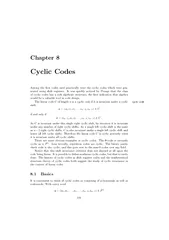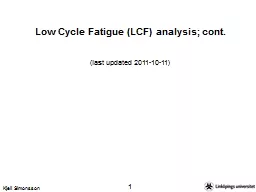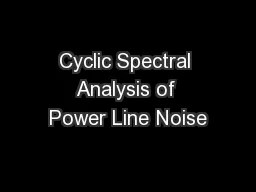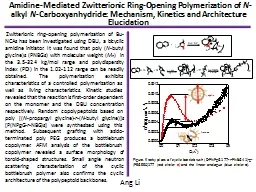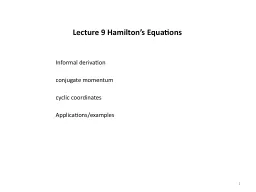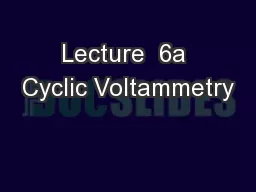PDF-Chapter Cyclic Codes Among the rst codes used practic
Author : lois-ondreau | Published Date : 2015-05-24
It was quickly noticed by Prange that the class of cyclic codes has a rich algebraic structure the 64257rst indication that algebra would be a valuable tool in code
Presentation Embed Code
Download Presentation
Download Presentation The PPT/PDF document "Chapter Cyclic Codes Among the rst code..." is the property of its rightful owner. Permission is granted to download and print the materials on this website for personal, non-commercial use only, and to display it on your personal computer provided you do not modify the materials and that you retain all copyright notices contained in the materials. By downloading content from our website, you accept the terms of this agreement.
Chapter Cyclic Codes Among the rst codes used practic: Transcript
Download Rules Of Document
"Chapter Cyclic Codes Among the rst codes used practic"The content belongs to its owner. You may download and print it for personal use, without modification, and keep all copyright notices. By downloading, you agree to these terms.
Related Documents

